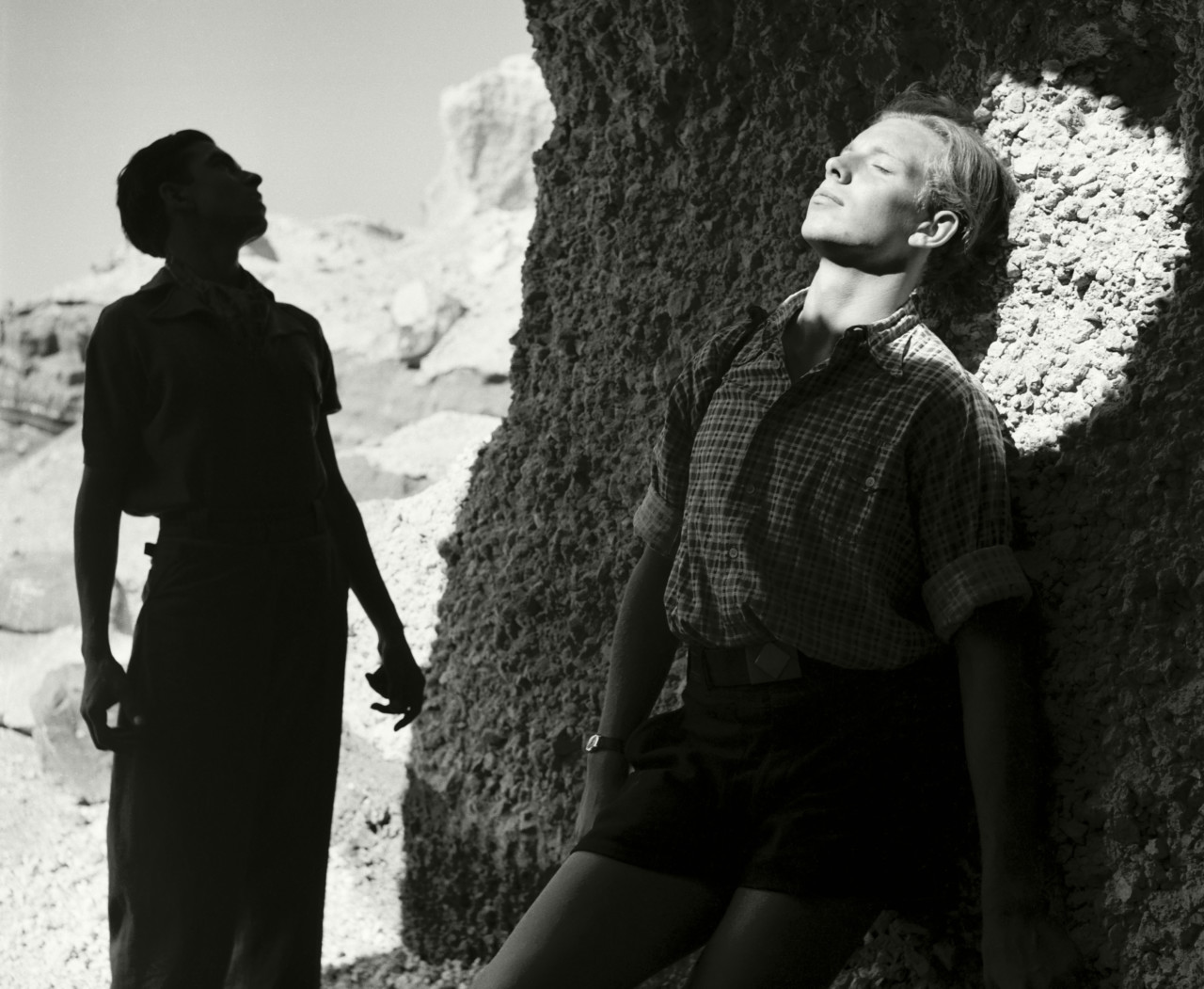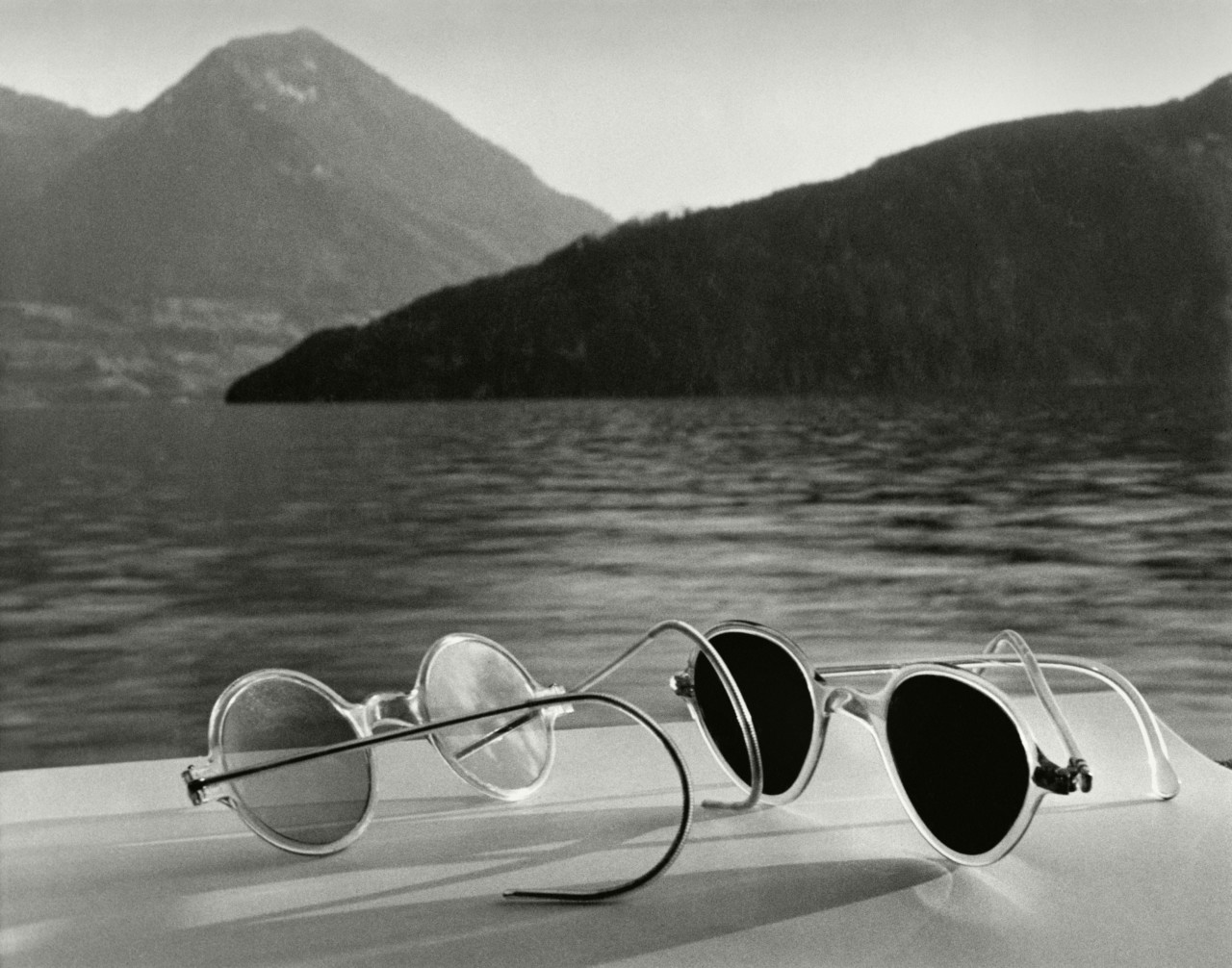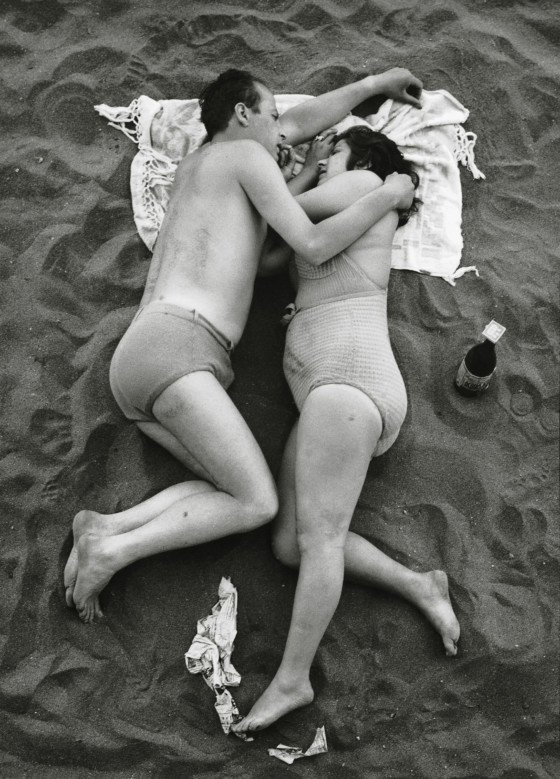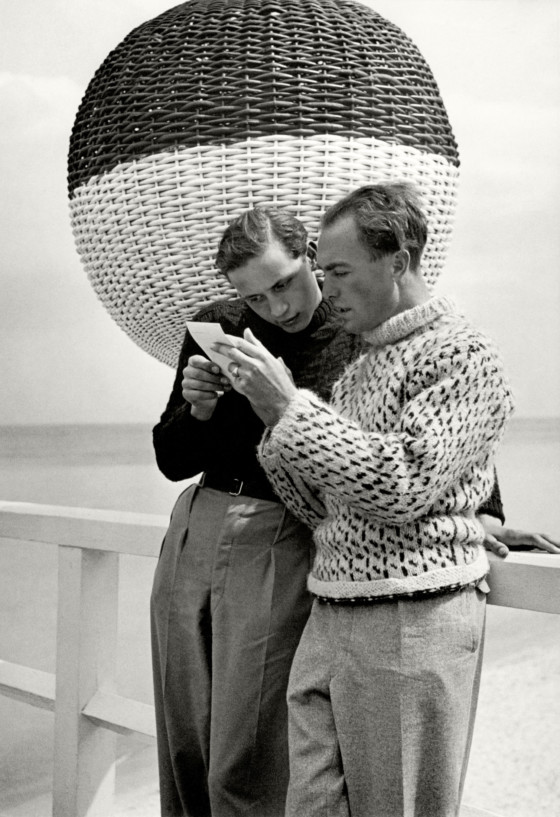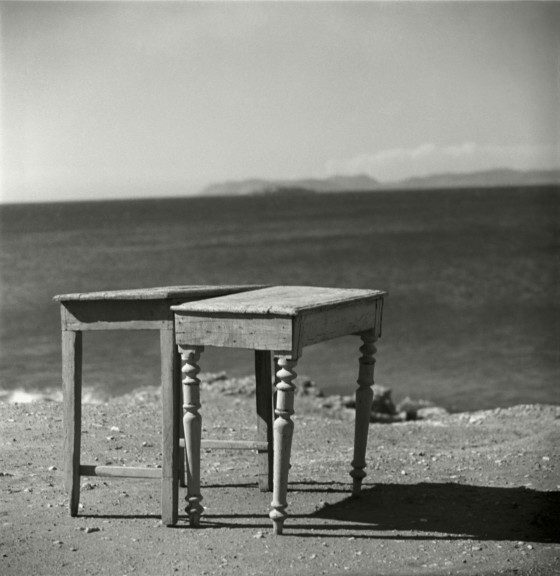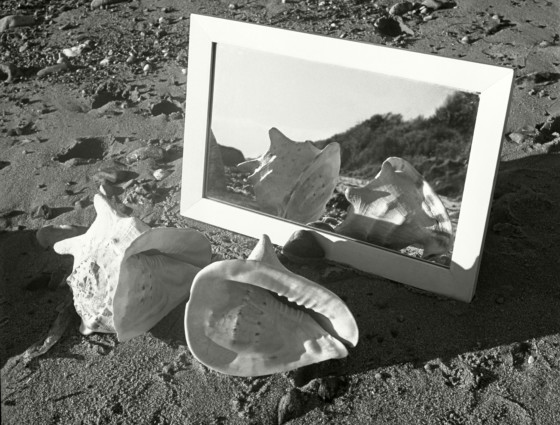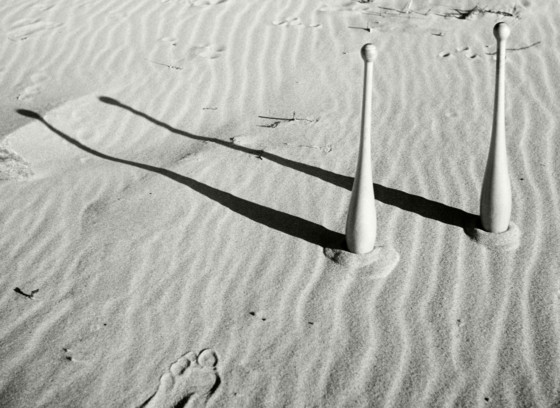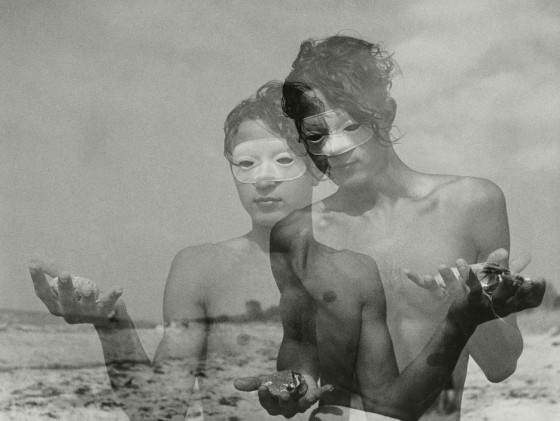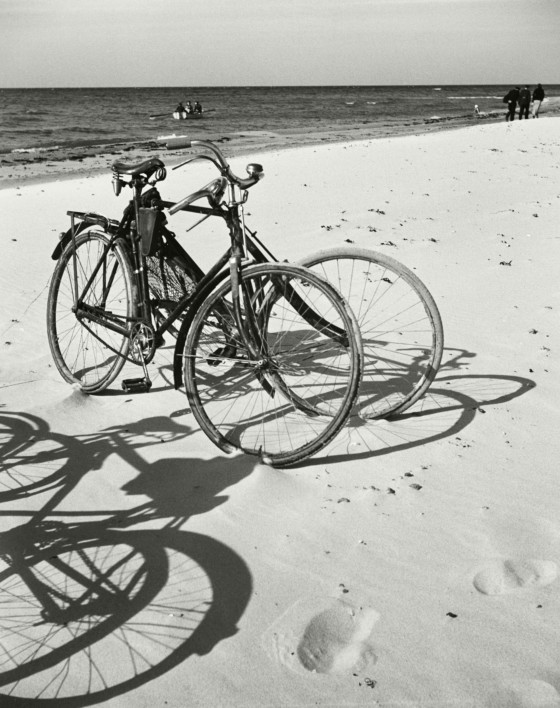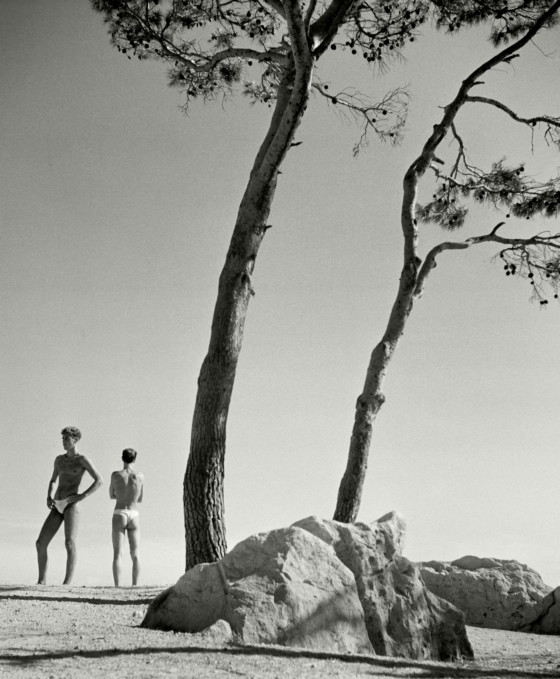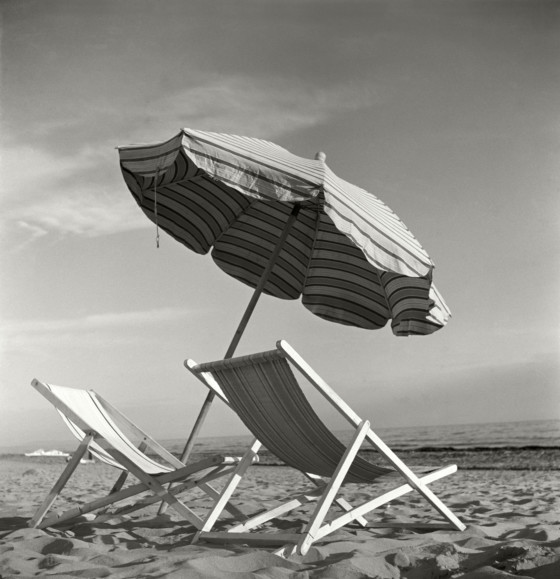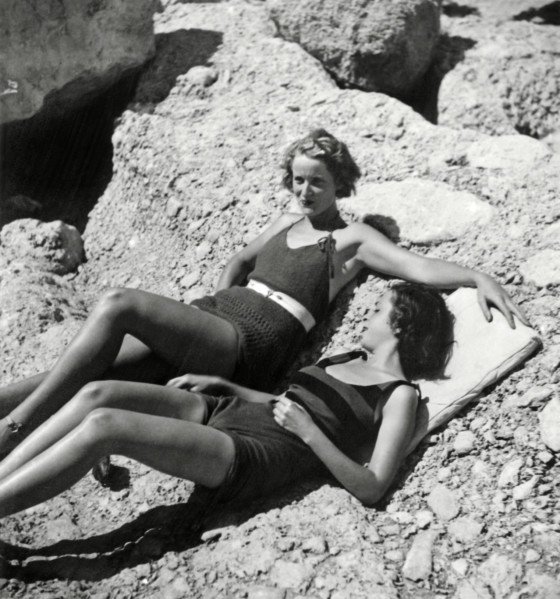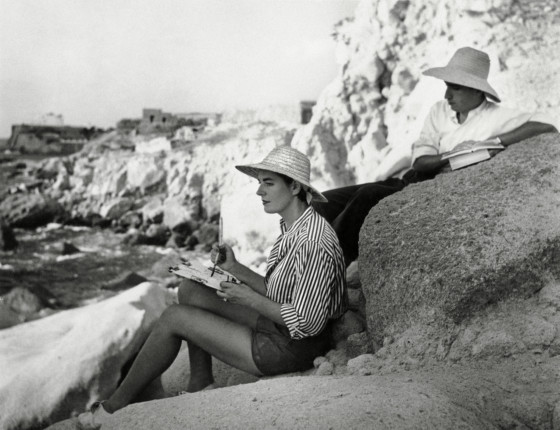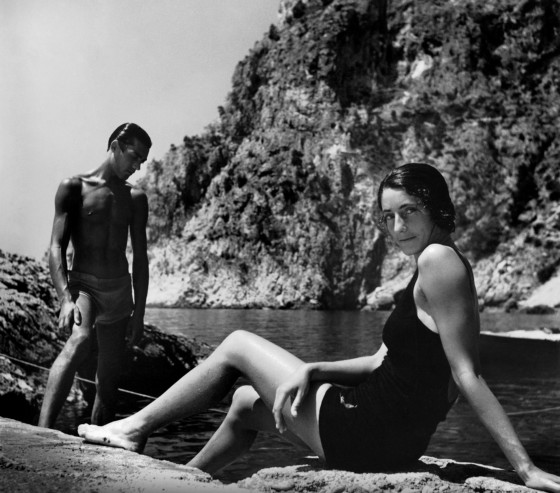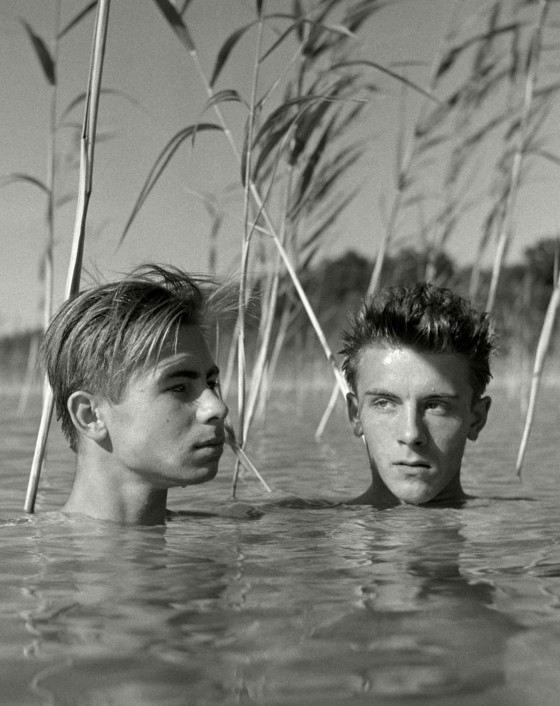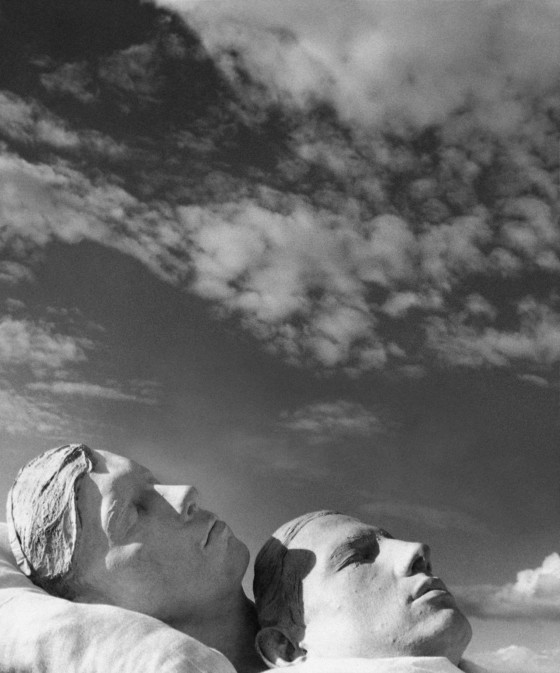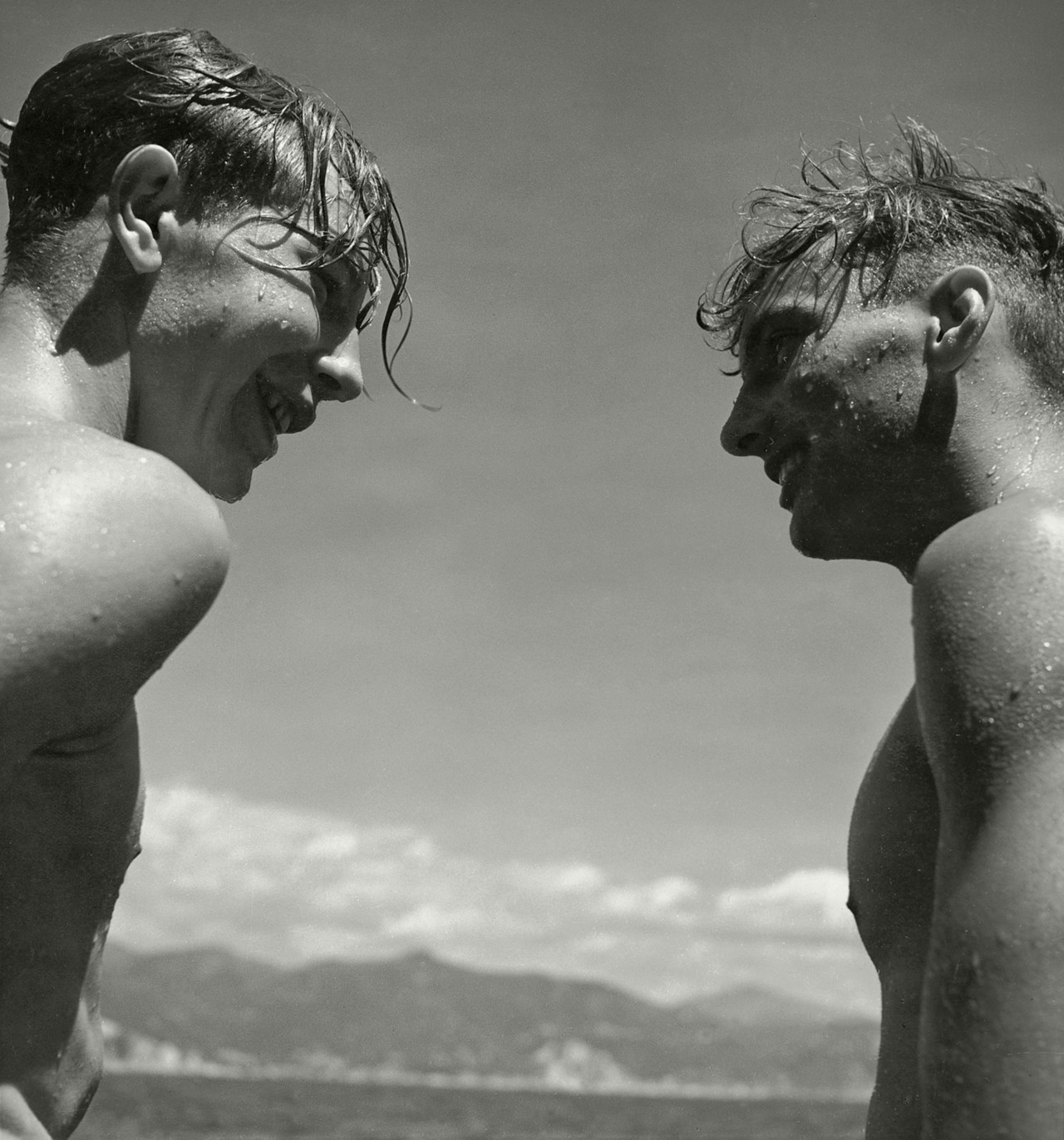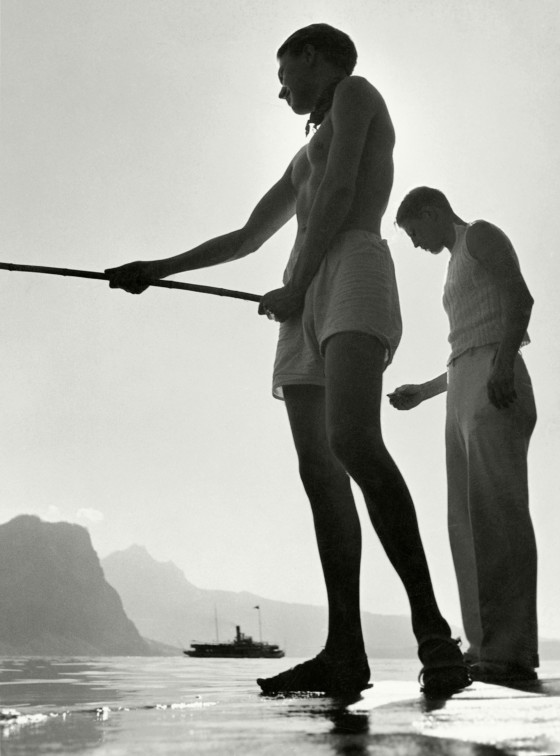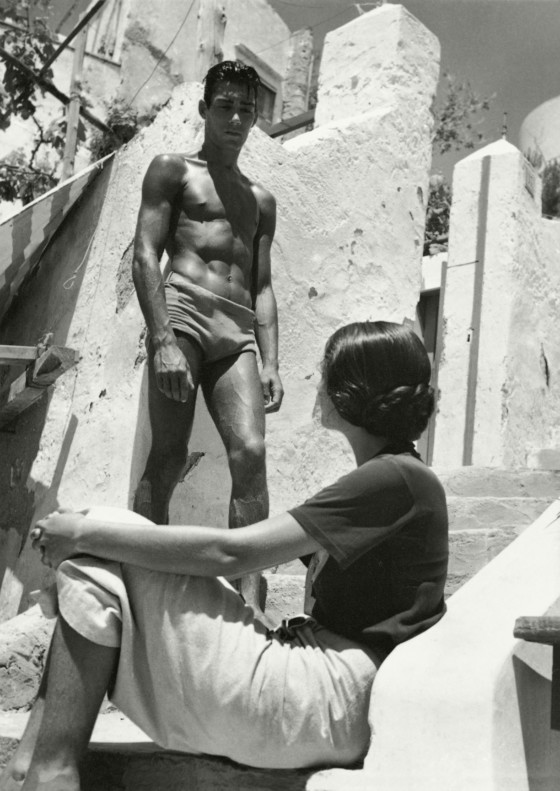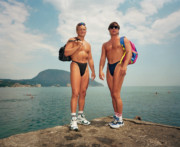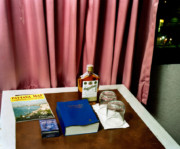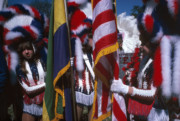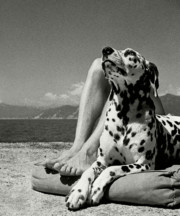Custodians of a Desire: Herbert List’s Couples at the Beach
Herbert List’s archivist on the German artist’s photographs of love, desire, and friendship made in a restrictive political climate
During the 1930s, Herbert List spent time on the Italian, German and Greek beaches, and by the serene Swiss Lake Lucerne. Produced during a politically turbulent moment in European history, the work shows an escapist and idealist state of mind, where the power of youth and romance perseveres. But beneath the playful surface of List’s compositions lies deeper explorations of sexuality, framed within the context of a culture where, in many countries, homosexuality was illegal.
"As a gay artist, List did not only capture moments that were connected to a glance of erotic desire directly, but also developed a visual language to symbolize love and friendship in same-sex couples."
- Peer-Olaf Richter
As part of Magnum’s summer season, exploring beaches in Magnum photographers’ work, Herbert List’s archivist Peer-Olaf Richter has curated a collection of List’s beach images. Presented here along with a text by Richter, this underexplored body of work juxtaposes symbolic marriages of objects with some real life beach couples.
“Images aiming to symbolize friendship, love or intimacy between two people can be found throughout the work of Herbert List. ‘Le Couple’ is one of the earlier stills that List shot at the Baltic Sea in 1933. It shows two identical pins on a sandy beach. It was the same year and at the same beach that he photographed two boys wrestling in the sand; an image with a homoerotic undertone. As a gay artist, List did not only capture moments that were connected to a glance of erotic desire directly, but also developed a visual language to symbolize love and friendship in same-sex couples.
The symbolic couple fascinates List, not just because it is a chiffre for something that List could not openly portray in the political climate of his times; it fascinates him, because it allows him to portray elusive subjects like love, intimacy, or friendship. In the careful arrangement and framing of objects, he charges these stills with meaning and emotions. His images of young men (and women) are playful, full of eros and lust for life. Capturing underlying emotions that do not appear through facial or physical expressions, though, is hard. Transferring this artistic dilemma to the world of objects allows him not only to find a chiffre for socially unaccepted emotions, but also to express something beneath the surface.
Reducing his search for those symbols to the gay context, however, might be a little too limiting. A few years before ‘Le Couple’, List took a picture of two bicycles leaning against each other on the same beach. The careful viewer can see that it is a male and a female bike. Additionally, in the background, we can make out two men in a rowing boat.
"This conspicuous invisibility of owners of glasses, bicycles and chairs might refer to the forced cultural invisibility of same-sex couples and homosexual life in the society of List's time"
- Peer-Olaf Richter
The political dimension of these images, though, is rather subtle: parked bicycles, put down glasses or vacant deck chairs all refer to the absent couple that left them behind. It might not be accidental that the gay theorist, critic and contemporary of List, Egon Vietta, pointed out a metaphysical aspect in List’s images through the presence of absence. This conspicuous invisibility of owners of glasses, bicycles and chairs might refer to the forced cultural invisibility of same-sex couples and homosexual life in the society of List’s time.”
Published as part of Magnum’s summer series of stories: ‘Life by the Sea: Exploring identity through society at leisure and the pursuit of pleasure’. See the rest of the stories from the series here.
Browse the Life By The Sea poster and fine print collection on the Magnum Shop


